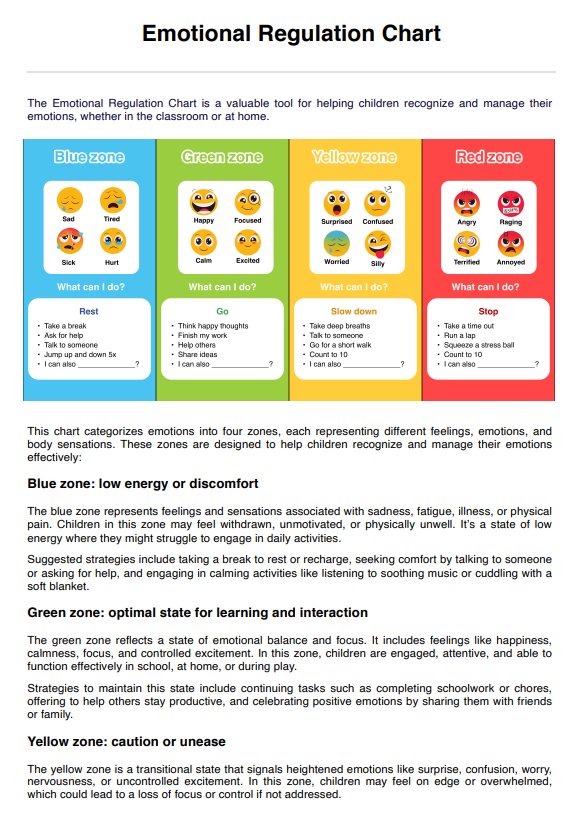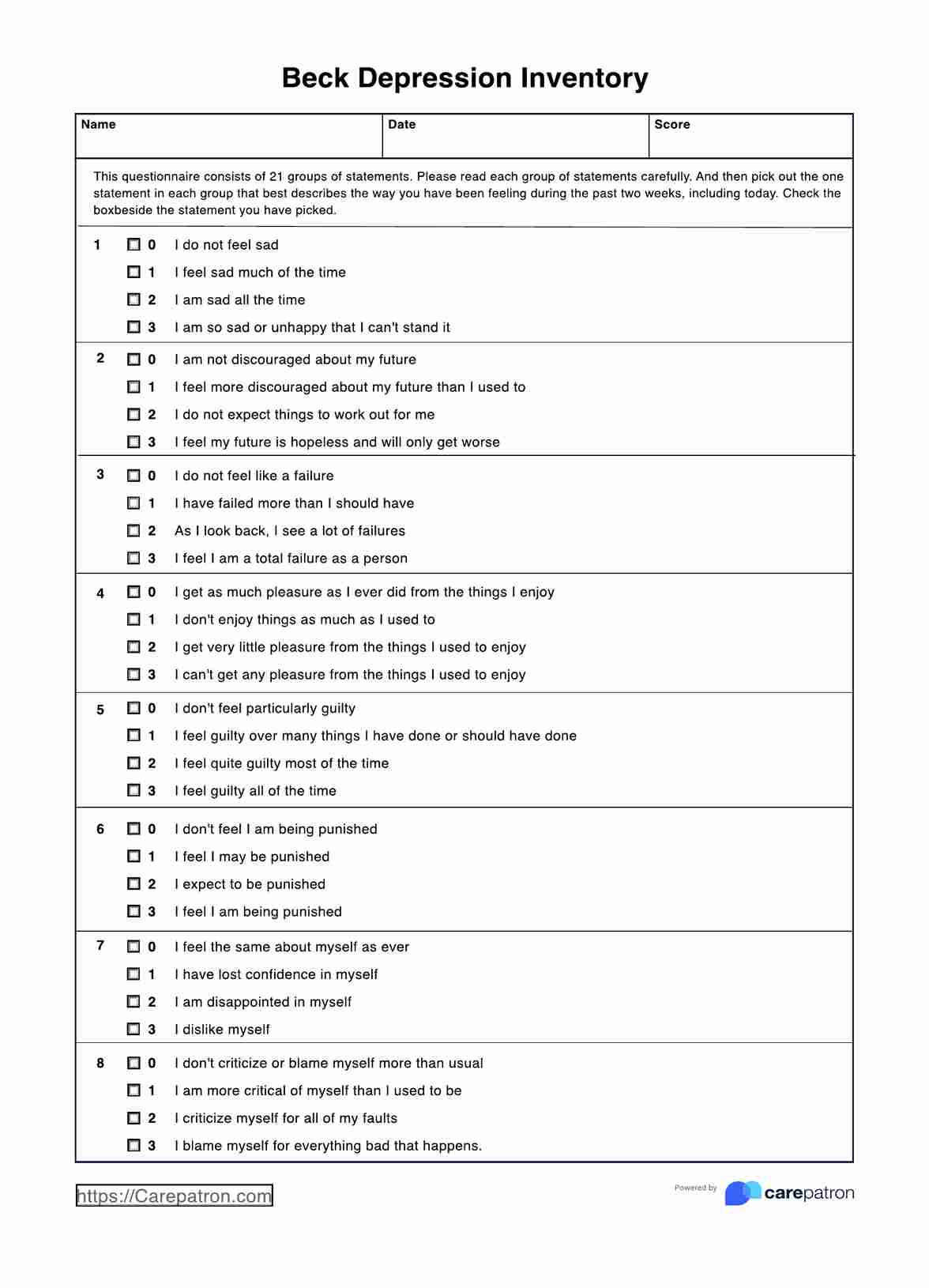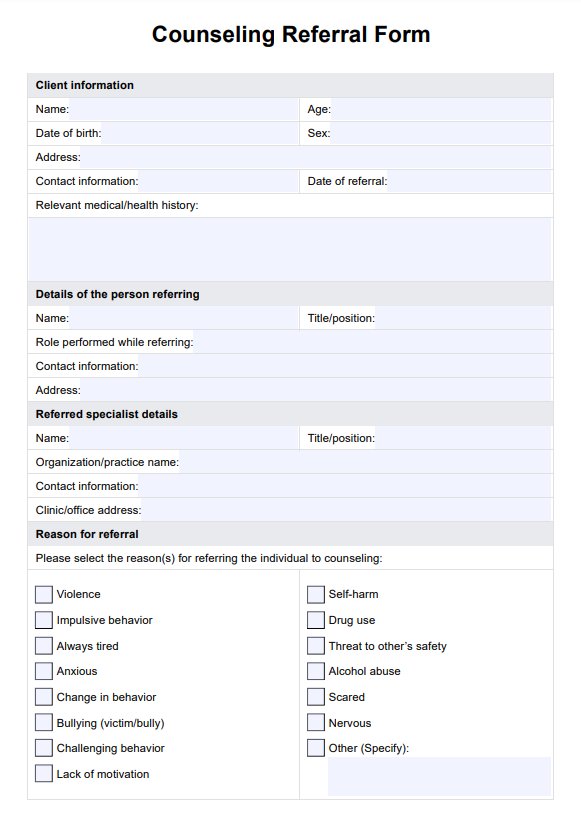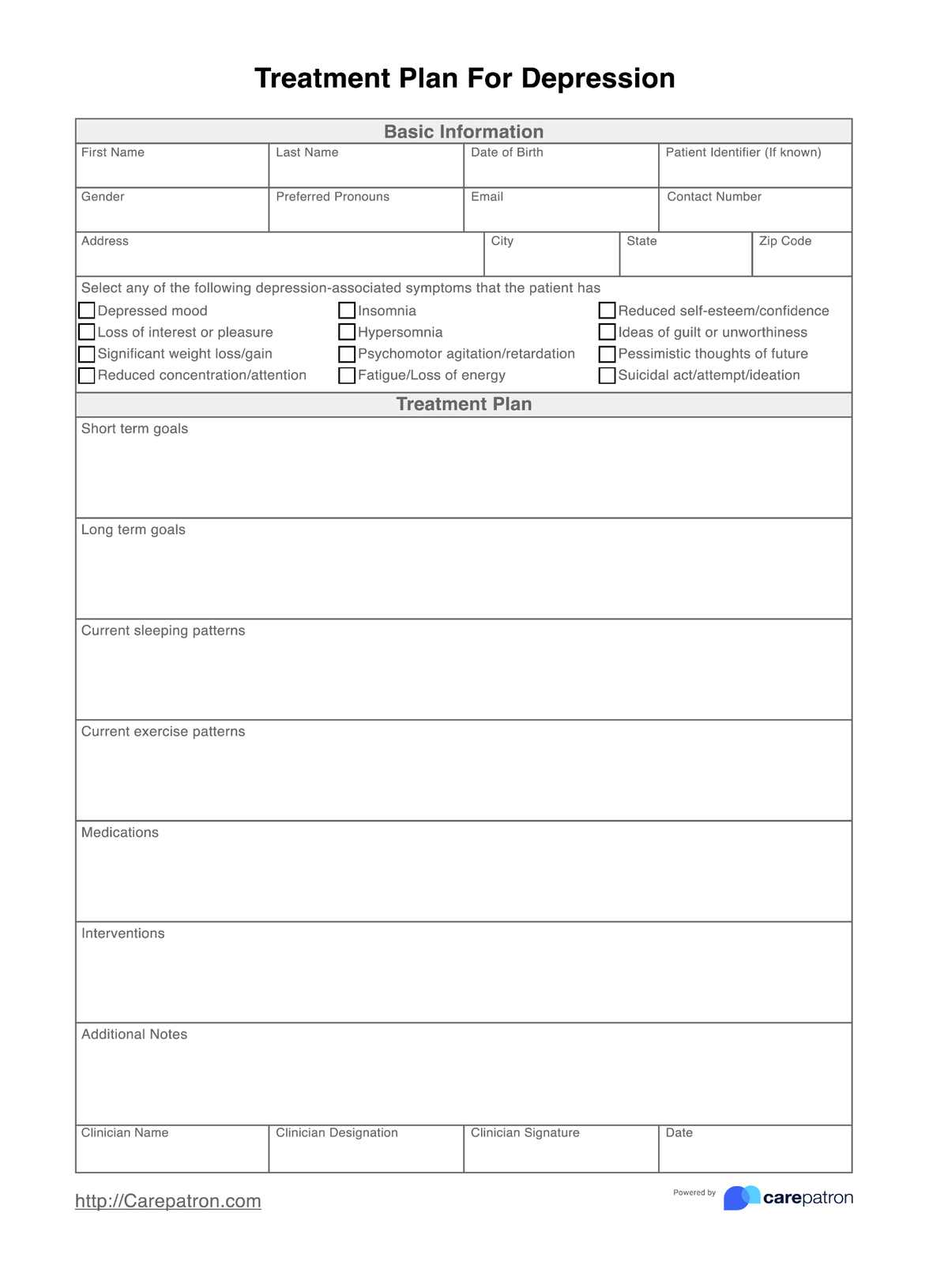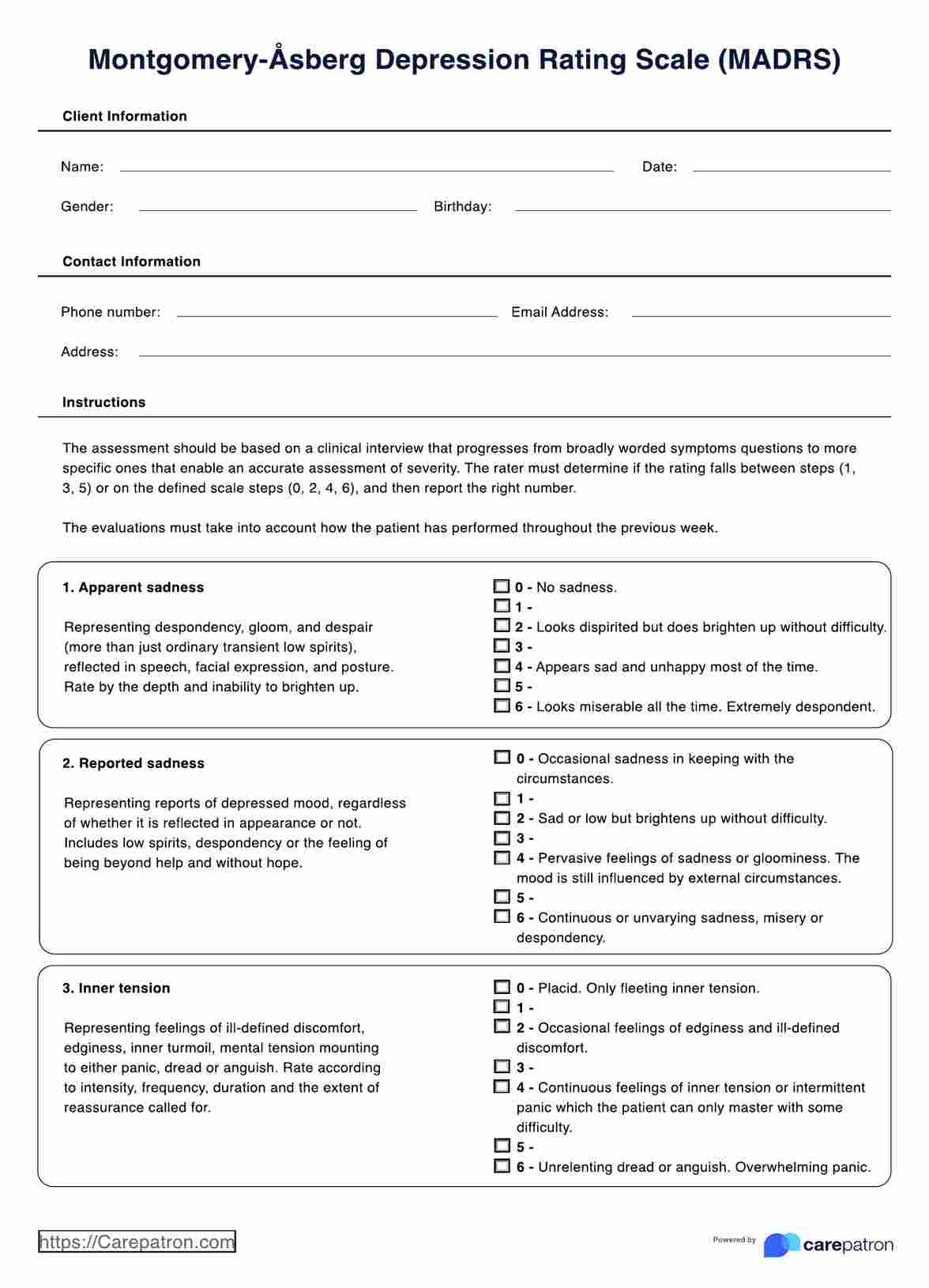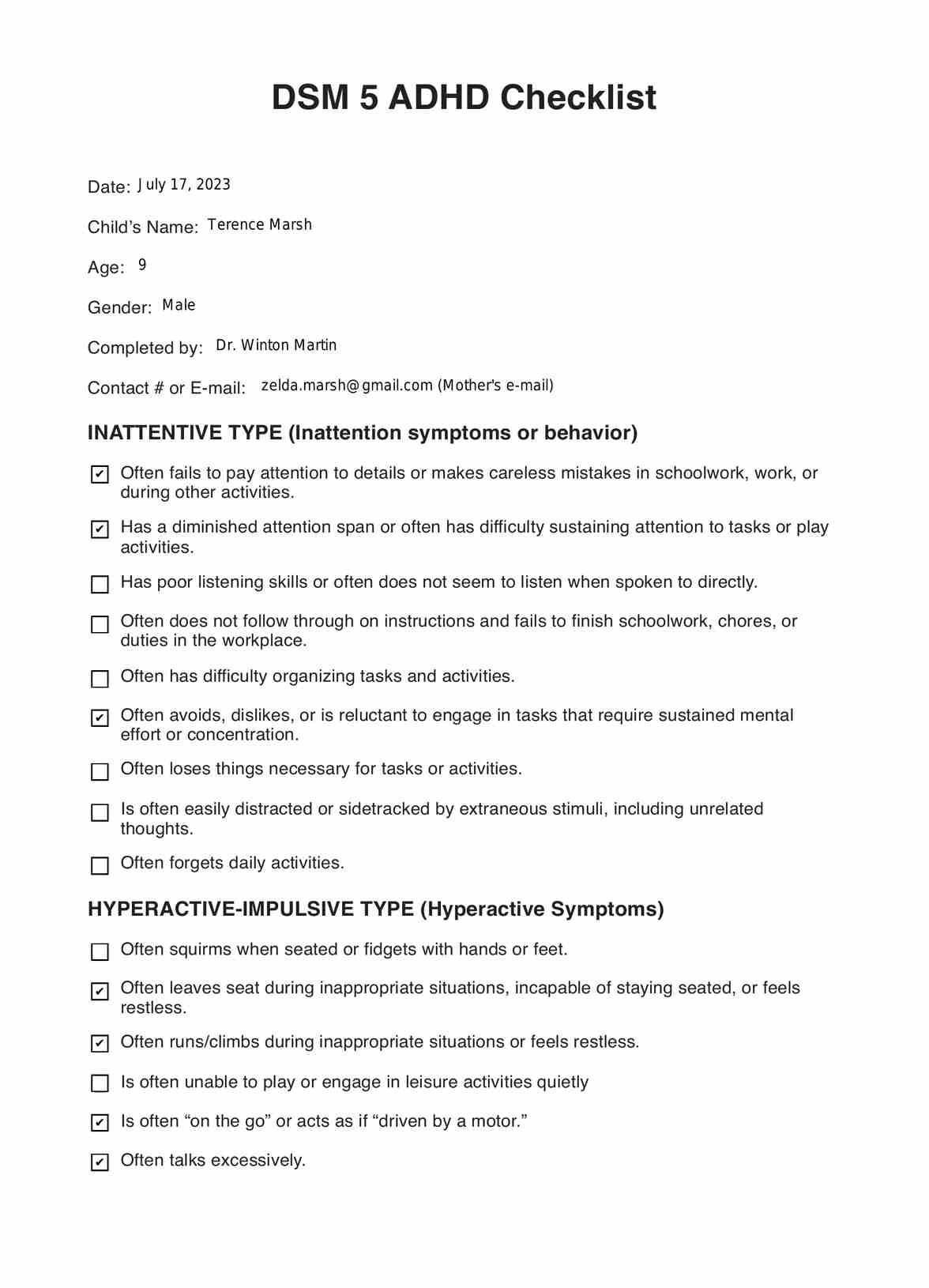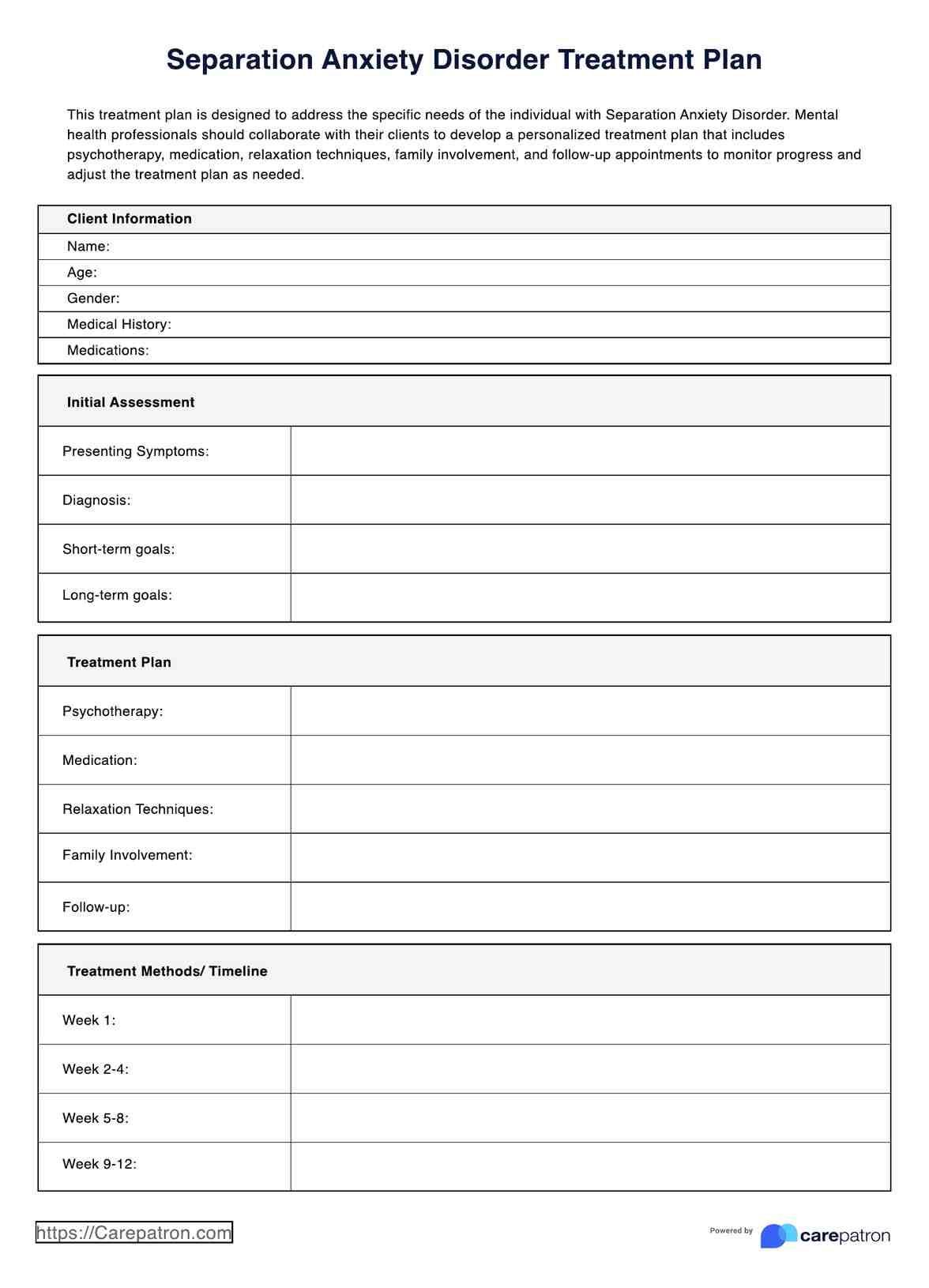Nursing Care Plan
Learn how to develop a comprehensive nursing care plan using our free example and template. Download in PDF format and get started today!


What is a nursing care plan?
Nursing is an immensely rewarding and vital profession that helps people in need and saves lives daily. Nursing professionals diagnose, treat, and care for individuals of all ages suffering from various physical and mental illnesses or injuries. From nursing school, they are trained to administer medications, consult other healthcare providers to develop treatment plans, and assist with rehabilitation and recovery.
A comprehensive care plan for nursing is then essential in providing quality patient care. It outlines the objectives and strategies used in the nursing process to ensure the patient's medical needs are met. Using this Care Plan Template can improve your practice and enhance patient-centered care.
It meticulously documents patient assessments, nursing diagnoses, goals, interventions, and evaluations. Nursing care plans also facilitate continuity of care, reduce errors, enhance patient safety, and aid in efficient communication among healthcare professionals. These further outline specific care and services, including medications, treatments, procedures, and dependent and independent nursing interventions.
Nursing care plans also outline ways to assess how well the patient responds to their treatment plan. By monitoring changes in a patient's condition, nurses can provide timely interventions that may prevent.
Nursing Care Plan Template
Nursing Care Plan Example
How does a nursing care plan work?
Our free printable Nursing Care Plan Template provides a comprehensive guide on assessing patients and their conditions, planning nursing interventions, and implementing nursing care strategies. This can also be an effective way to measure nursing care. It includes various sections, such as patient information, medical history, assessment, interventions, rationale, and evaluation. To use our template, follow these steps:
Step 1: Download the Nursing Care Plan Template
Get a copy of the free worksheet using the link on this page or within the Carepatron app.
Step 2: Fill in the patient information
Start by filling out the patient record section with the patient's name, age, date of birth, and other information. Also, document the patient's medical history, current medications, and allergies.
Step 3: Enter the patient assessment
Assess patients' needs by documenting their physical, mental, and emotional health, considering the patient's health status using your nursing knowledge. Include any symptoms they may have and any diagnoses the patient has received.
Step 4: Develop the nursing care plan
Once you have assessed the patient, develop a comprehensive nursing care plan to address their needs. The plan should include short-term and long-term goals, medications, treatments, and other interventions. It is also essential to exercise clinical judgment in the process.
Step 5: Implement
Implement your nursing care plan for the patient. Implementing it may include an independent nursing intervention, like patient education on medication adherence, or dependent nursing interventions, such as prescribing medication requiring a physician's order.
Step 6: Monitor and review
Monitor the patient's progress in achieving their goals over time. Revisit their care plan regularly to ensure it is current and meets their needs. Adjust as needed based on changes in the patient's health or other circumstances.
When would you use this template?
This template is essential for registered nurses, student nurses, and nursing professionals. It helps you develop a comprehensive care plan for each patient and document it organizationally. Similarly, you can use this nursing care plan form to:
Assess the patient's overall health and needs
You can use our free template to assess the patient's overall health and needs by considering physical condition, mental or emotional state, lifestyle, and social environment.
Develop an individualized plan of care
You can customize the nursing care plan to create a personalized treatment outline tailored to each patient's needs based on the nursing diagnosis and assessment. For example, addressing acute pain can involve setting short-term goals for resolving pain after surgery. This includes prescribing medications, referring to specialists, setting goals, and evaluating progress. Integrating our Nursing Diagnosis Template can enhance client outcomes during this process.
Organize the care team
The nursing care plan can coordinate various healthcare providers involved in the patient's care, including doctors, nurses, physical therapists, and social workers. It ensures all team members are on the same page and working towards the same objectives.
Monitor progress
The nursing care plan can help you track a patient's progress over time, allowing for timely interventions and adjustments to the care plan. It ensures that the patient's needs are being met and provides a clear picture of how their health is changing.
Benefits of free Nursing Care Plan Template
A free Nursing Care Plan Template can help create a comprehensive and effective plan for each patient. Here are some of its benefits:
It's easy to use
The template makes it easy to create a comprehensive plan for each patient without requiring any special knowledge or skills.
It covers all the necessary components of a nursing care plan
Our template has various sections to ensure that all critical aspects of care are considered. Critical thinking skills are essential in covering all necessary components of a nursing care plan.
It's customizable
The template is flexible and can be customized to meet the needs of each patient. You can add or remove sections, adjust the format, and include any additional information needed.
It's printable and shareable
Once completed, you can easily print it out or email it to other care team members. You can also save copies for future reference, making reviewing and updating the plan easy.
Commonly asked questions
A nursing care plan is used by registered nurses, nurse practitioners, and clinical nursing staff. It serves as a guide for developing an organized approach to patient care and outlines a plan of action for the nurse to follow.
A nursing care plan is typically used when a patient has been admitted to the hospital or in any other healthcare setting.
No, a client does not complete a nursing care plan. The plan is created by the nurse after assessing the patient's health status and needs.



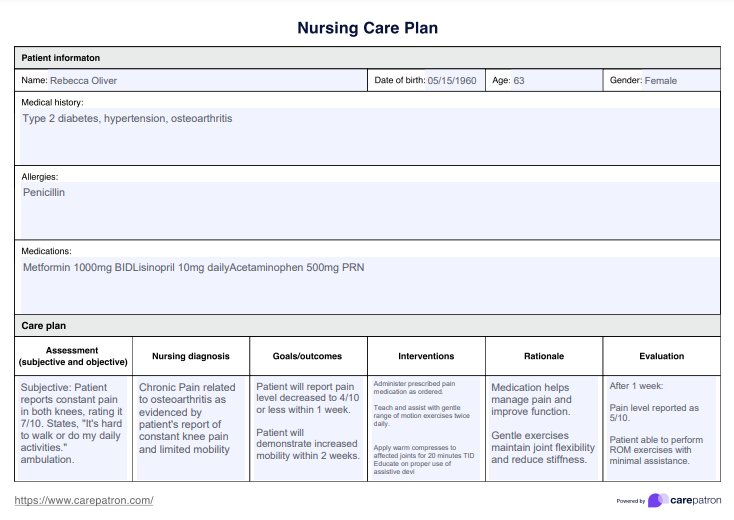

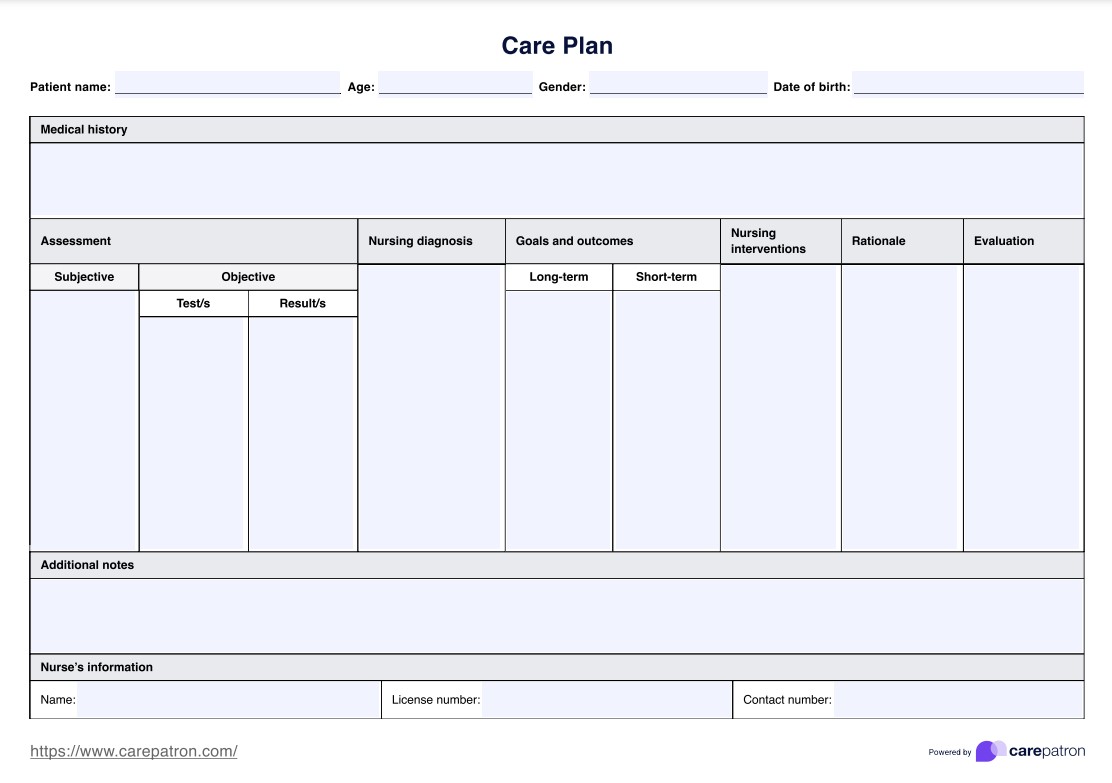
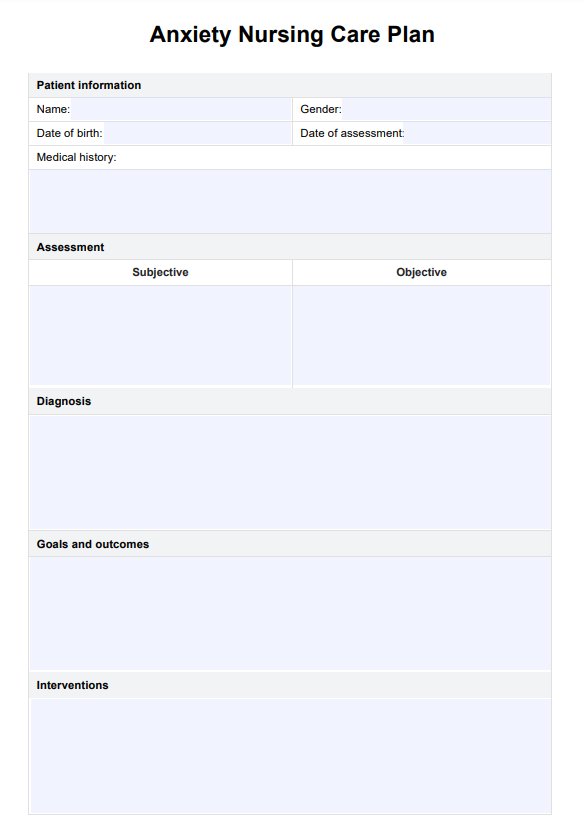
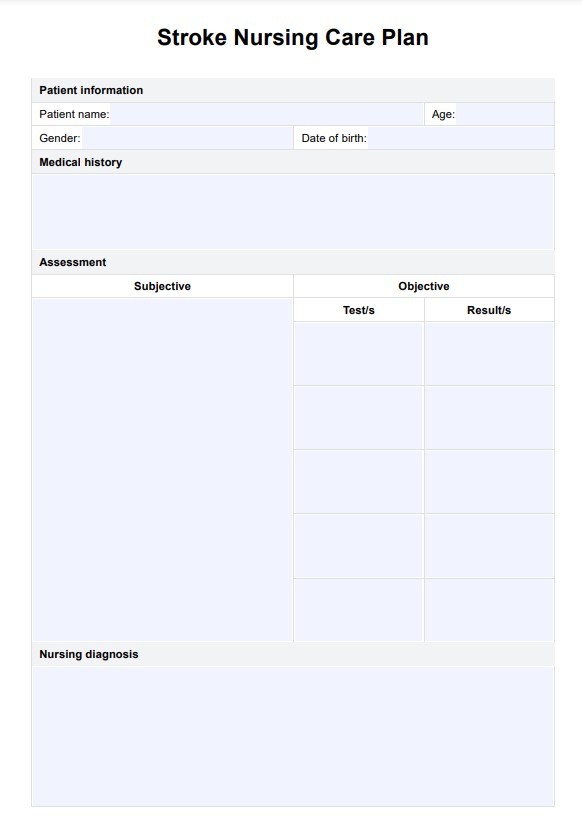
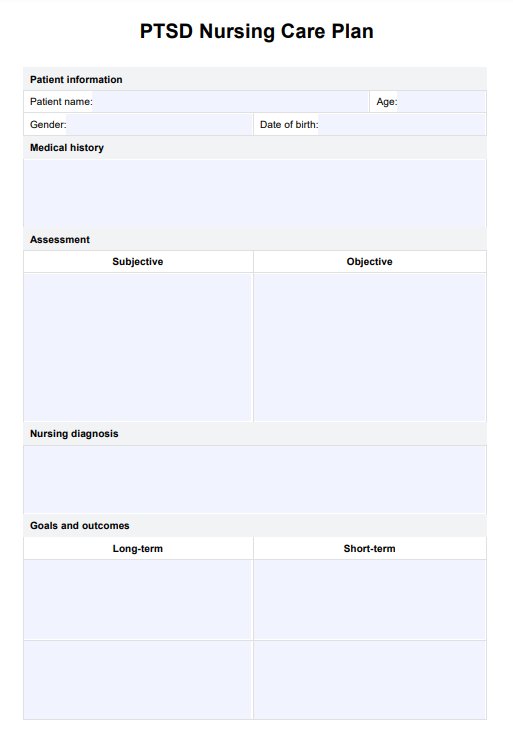
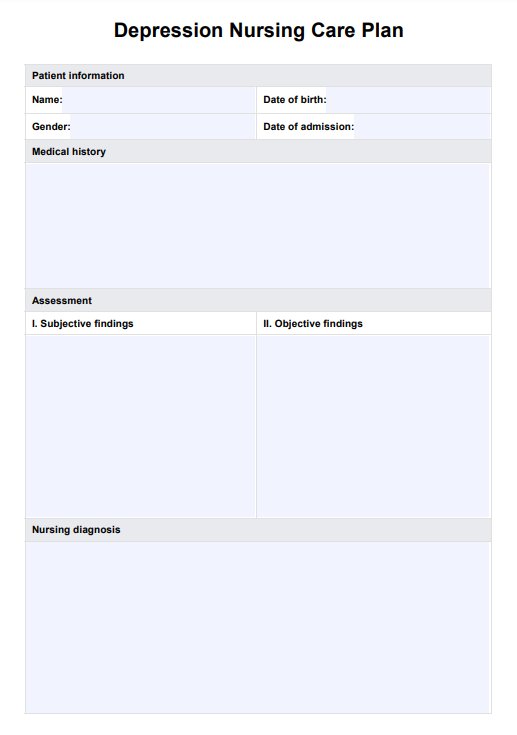












-template.jpg)






